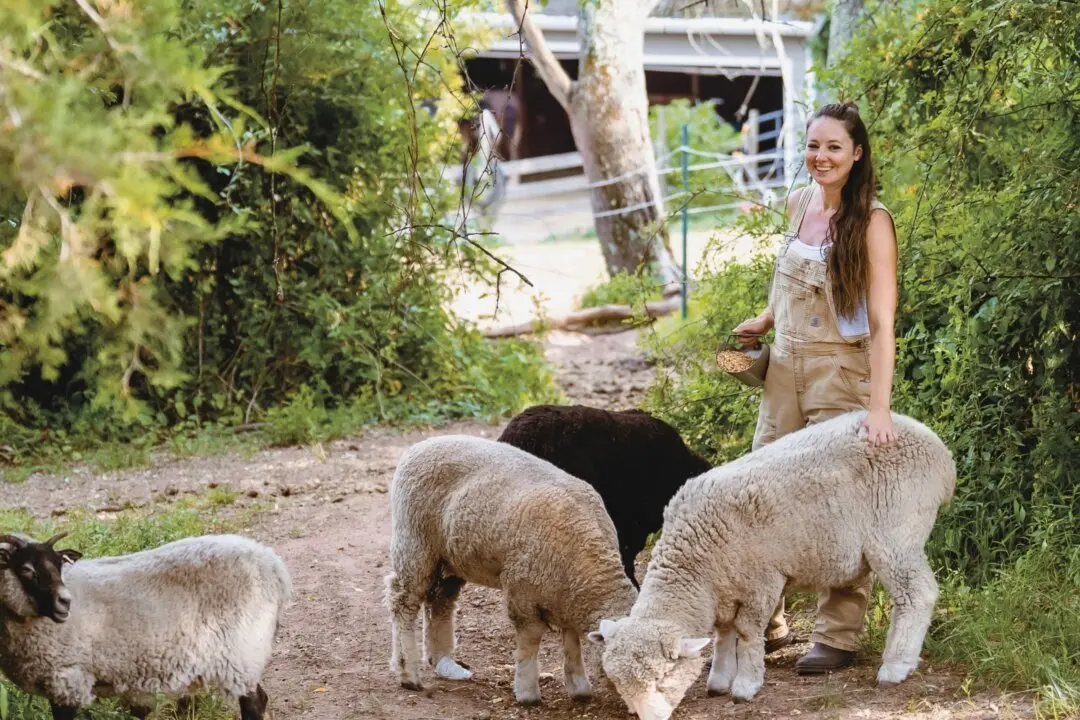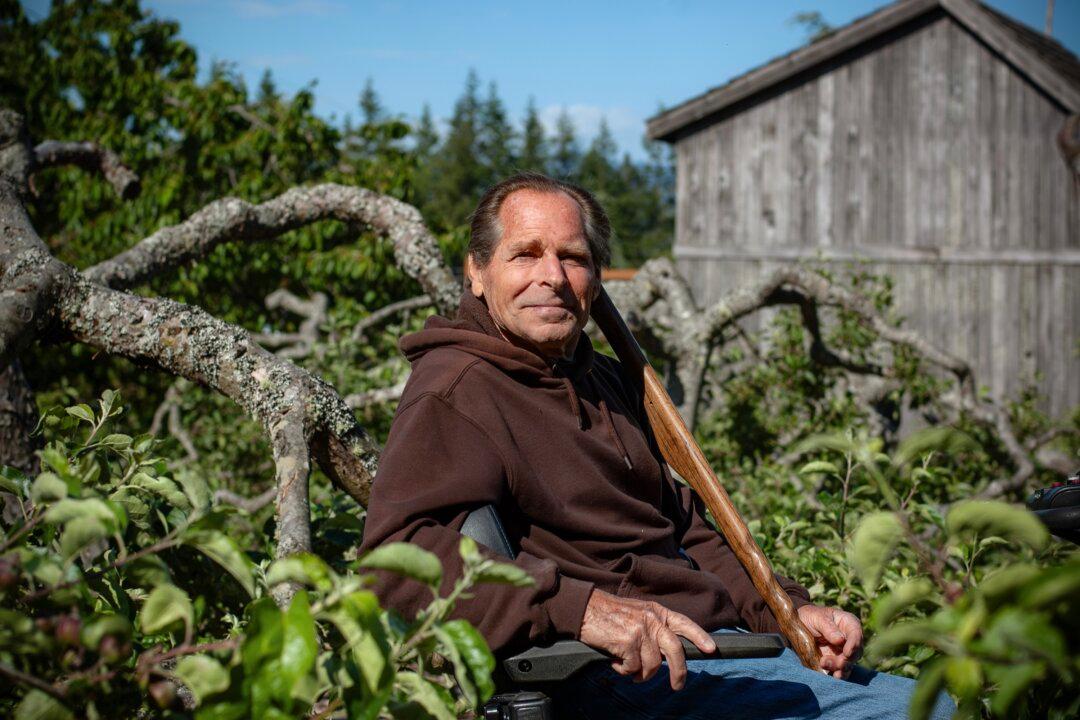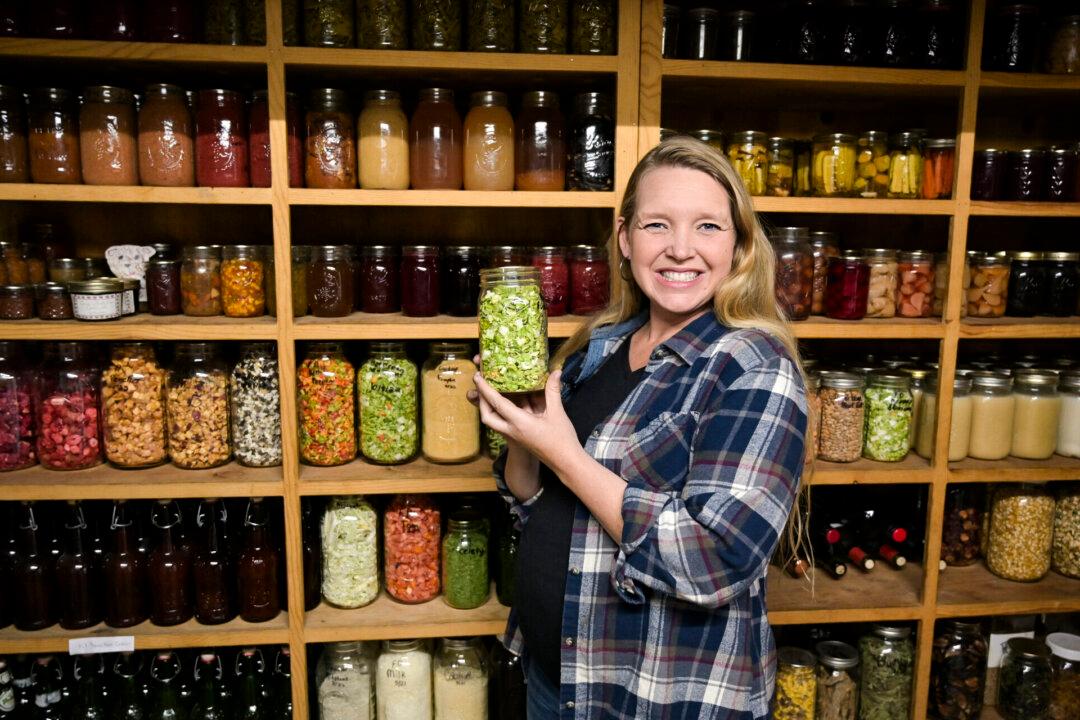Something is always baking in Sue Becker’s kitchen. The aroma of spices, sugar, yeast, and flour hangs in the air. Bread pans, cookie sheets, and muffin tins emerge from their cabinets, ready to begin their day’s work. But there is something different about this kitchen. No matter how hard you look, you won’t find a single bag of store-bought, all-purpose flour. That’s because this author, podcaster, and cooking instructor has milled her own flour, fresh from whole grains, every day for the last 30 years.
Becker began her journey down the fresh flour rabbit hole in 1992, when she came across an interesting article in a medical journal. She’d developed a passion for food microbiology while studying medicine at the University of Georgia. The article traced the decline in Americans’ health back to the adoption of commercially milled white flour in the 1920s.
Wheat kernels are composed of three parts: the bran, germ, and endosperm. Up until the late 19th century, they were usually ground whole by local community mills. Due to the oils, vitamins, and proteins found in the germ and bran, this flour needed to be used quickly, or else it would go rancid. In the 1870s, food scientists discovered that by removing the germ and bran before milling, they could grind the endosperm and create massive quantities of shelf-stable white flour.
But no one realized that by removing the bran and germ, the flour lost its essential nutrients and fiber. As a result, diseases like pellagra, caused by a deficiency of niacin (vitamin B3), began to sweep the country in the 1900s; the connection between the disease and the nutrient deficiency was not understood until the 1930s.
Becker was shocked.
“I grew up Southern, so cooking and baking from scratch was second nature to me, and I always believed in feeding my family real food. But that article was completely mind-blowing. I knew we needed to make a change,” she said.





